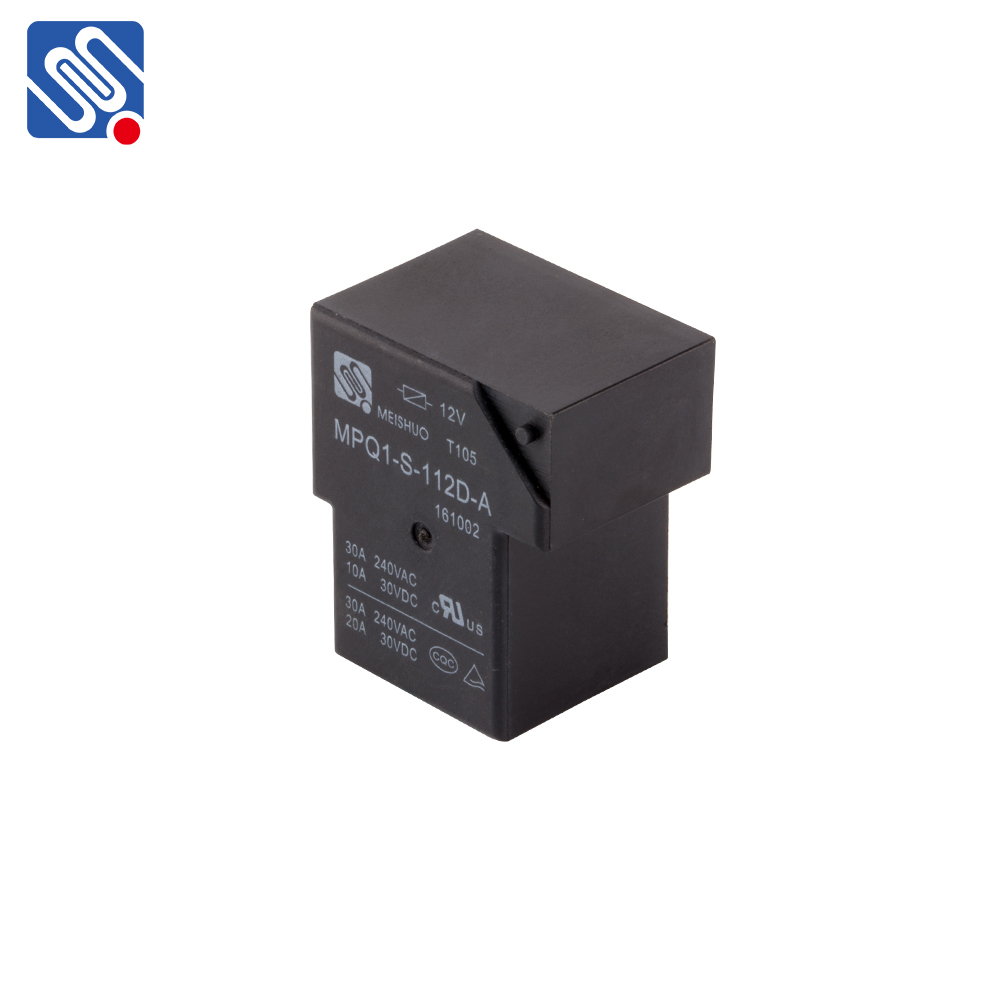Relay connections are pivotal in modern electrical systems, offering efficient and safe methods of controlling high-voltage circuits using low-voltage signals. These electronic components, known as relays, act as switches that control the flow of electricity between circuits. In this article, we will explore the basics of relay connections, their functions, and their various applications in different fields.

What is a Relay? A relay is an electromechanical device that uses an electromagnet to open or close a set of contacts, thereby controlling the flow of electricity through a circuit. When an electrical current is passed through the relay’s coil, it generates a magnetic field that either pulls or pushes the contacts, creating a connection (or disconnection) in the circuit. This simple mechanism enables relays to control large amounts of current in high-power circuits, while being controlled by a low-power signal, which makes them incredibly useful in various applications. Types of Relay Connections